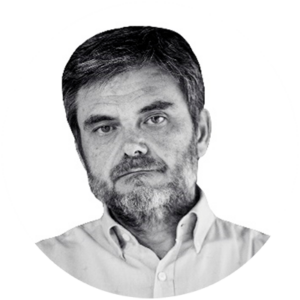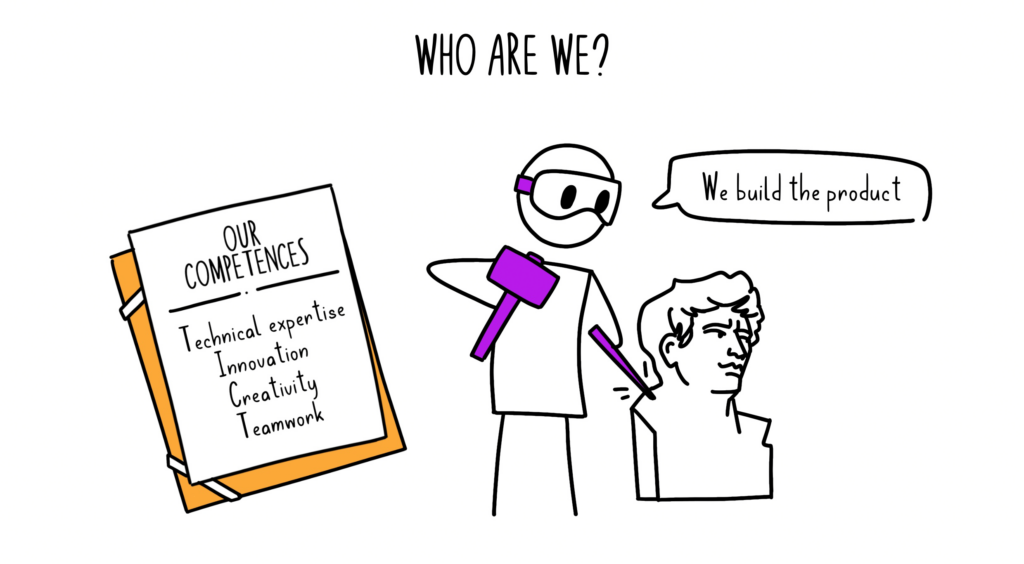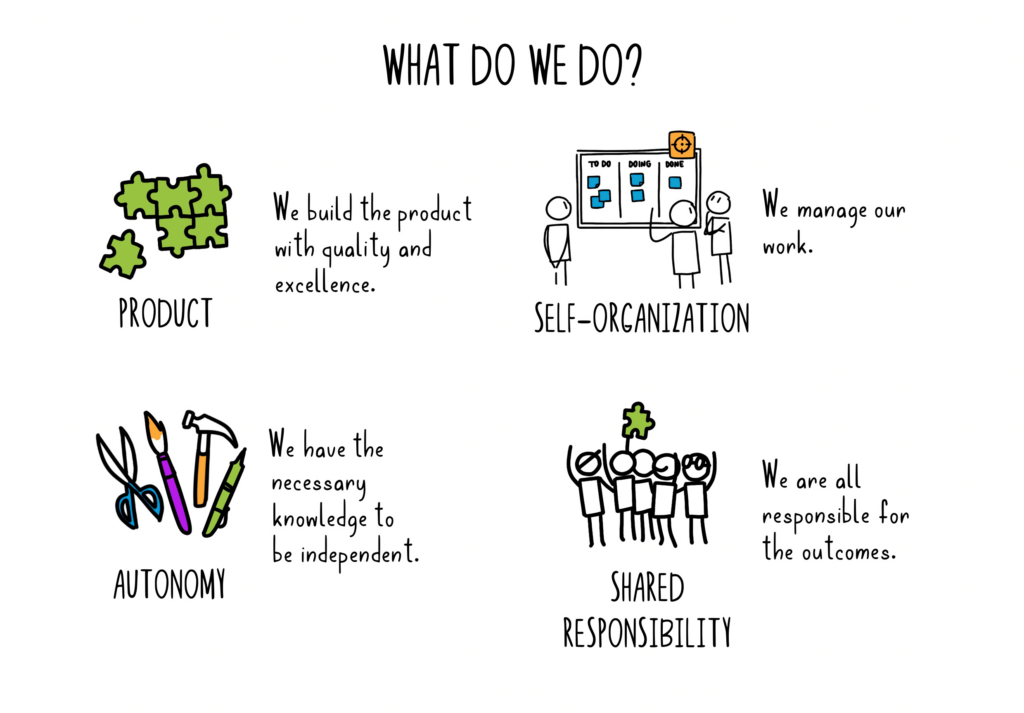Scrum Framework Fundamentals: The Developers-EN

Alonso Alvarez
- Business Agility
- Article
Tabla de contenidos
This article is part of a series in which we review the fundamentals of Scrum, complemented with infographics that explain them. You can check the previous articles: Sprint, Planning, Daily, Review, Retrospective, Product Owner, and Scrum Master.
The Scrum team is a “cohesive unit of professionals” with no hierarchies or sub-teams, but there are “accountabilities” that cover basic functions. The latest edition of the Scrum Guide defines three:
- Building the product with quality and excellence by the Developers.
- Maximizing the value of the delivered product is the Product Owner’s objective.
- Optimizing the workflow with the application of the Scrum framework by the Scrum Master.
Although Scrum was born in the world of software development, today, it is used in all kinds of activities: Marketing, product design, and Human Resources. There is even a Scrum model for education.
The last remaining vestige of its origin is the name of this responsibility: Developers, which encompasses most of the people who are part of the Scrum team and the ones who “commit to creating any aspect of a useful (functional) increment in each Sprint”. In other words: the ones who do the work that brings value to the customer.
This group used to be the “development team”, but it was contradictory to the idea of avoiding hierarchies or sub-teams. Now there is no team other than the Scrum team, and within, people with different responsibilities.
Developers have the necessary skills to develop the work within a specific area, avoiding external dependencies as much as possible.
That is why the Scrum Team (Developers, SM and PO) is said to be cross-functional, although, at the same time, it should be small, with a maximum of around 10 people. A small team facilitates communication and has proven to be more productive than a large one. In a larger team, subdivisions would naturally appear.
For the Scrum team to be truly effective, it is necessary that, in addition to being small, it be aligned with the same objectives and avoid duplication in the specific responsibilities of PO and SM.
Developer Responsabilities
The old division of labor born at the beginning of the 20th century with Taylor established that some people –managers– thought, and others –workers– executed. That system is a waste that disregards the capabilities of the people who do the work, which is especially serious in the world of intellectual work.
That is why Scrum, and all the different agile approaches, assume that people are autonomous, responsible, and capable of making decisions and contributing decisively to the work without having to wait for others to tell them what to do and how.
In the case of Developers, this manifests itself in a series of very specific responsibilities, according to the Scrum Guide:
- “Create a plan for the Sprint, the Sprint Backlog”. That is to say, the Developers have a very prominent role during the Planning event, participating and making decisions towards their objectives and defining -always in agreement with the Product Owner- the scope of the Sprint, which is given by its backlog.
Those who have to develop a job are the best people to estimate the scope, effort, and difficulties to carry it out. Therefore, the Developers are in the best position to determine how much work can be completed in a given time. This situation puts an end to the idea that the estimate is set unilaterally by one person because of their hierarchical position or expert knowledge: the work is estimated by the person who has to do it.
- “Inculcate quality by adhering to a de facto definition”. The DoD or “Definition of Done” is a basic tool for managing quality since it establishes, in the form of a checklist, the conditions that determine whether or not a job can be considered complete. The DoD may be standardized by the organization, but, if not, the team must create a DoD that is appropriate for its product.
- “Adapt your plan each day towards the Sprint Goal”, which is accomplished through the Daily Scrum event or daily meeting. Developers perform a continuous activity of Inspection and Adaptation (two of the pillars of Scrum) to do their best to achieve the goal set during planning. For that reason, the Daily is an event for the Developers, and it must be prevented from becoming a form of reporting or micromanagement, rather than a tool to achieve the team’s objectives.
- “Hold each other accountable as practitioners”. A common idea in agile frameworks and practices is that of shared ownership of the product being worked on, which also implies shared responsibility. In this way, the work is not done by one person or another but is considered to be the responsibility of the whole team. And the same happens when something fails or is not as expected: the team is concerned about fixing it.
Developers and Scrum Events
As part of the Scrum team, Developers participate in all events, but they also have a particularly relevant role in two of them:
- During the Planning, where they have the responsibility of elaborating the plan and estimating the content of the new product increment.
- The Daily, is an event strictly for the Developers to inspect progress and make adaptations to the plan if necessary. The other two responsibilities may be welcome at this event, but first and foremost the Daily is done by and for the Developers.
The Developers and the other roles
Developers are not subordinate to SM and PO in the Scrum team. There are no hierarchies, although there may be different roles.
In principle, nothing prevents a person from combining more than one responsibility, although there are combinations that common sense advises against (it is not possible to be both PO and SM, since, for example, the PO will naturally try to achieve a higher product increase, while the SM must protect the team and maintain a sustainable pace of work), or dedication (it is complicated for a PO to do other things).
In the same way, there are certain attributions traditionally assigned to SM that can be distributed among the Developers: for example, the Scrum Guide does not say that the SM must necessarily be the one who facilitates the meetings.
Likewise, the Guide does not say that these responsibilities cannot change from person to person within the same Scrum Team.
At the end of the day, everyone on a Scrum team has a shared responsibility to move their product, service, or simply work forward that goes beyond the name or role they have.
Scrum should not be used as an excuse to introduce or reformulate hierarchies: the purpose of Scrum is to “generate value through adaptive solutions to complex problems”. Anything else is embellishment, distraction, or simply hindrance.
¿Do you want to know more about Scrum practices?
We recommend the “Agile Fundamentals” training, a 24h course to start learning the knowledge and skills of Scrum and Kanban, accredited by ICAgile.
Go to agile fundamental course
Sobre el autor




